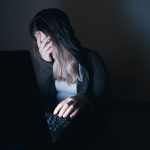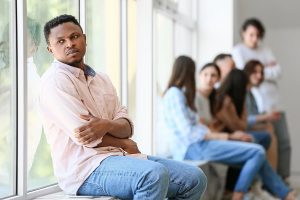
Most ex-cons are unlikely to receive substance use treatment following their release from prison, even though odds are high they are struggling with addiction, a new study finds. National estimates suggest as many as 85% of inmates leave prison with some form of substance abuse problem, researchers said. But only 17% of ex-cons on Medicaid in Virginia have been diagnosed with substance use disorders, and even fewer have been prescribed addiction-fighting medication, investigators found. “This research shows that many people aren’t getting the medical attention they need as they transition back to their communities,” said lead researcher Peter Cunningham, interim chair of the Virginia Commonwealth University Department of Health Policy. For the study, researchers used data from Virginia’s health and corrections departments to track the number of people diagnosed and treated for addiction following their release from prison. More than 4,600 adults were released from county jails and state prisons in 2022, and 85% enrolled in Medicaid within one month of release, the study found. “The good news is that we see a high number of individuals enrolling in Medicaid soon after they are released from prison, and that is in large part due to the state expanding Medicaid coverage in 2019,” Cunningham said in a university news release. However, only 17% had seen a doctor and been diagnosed with a substance use disorder within… read on > read on >

































-300x200.jpg)




